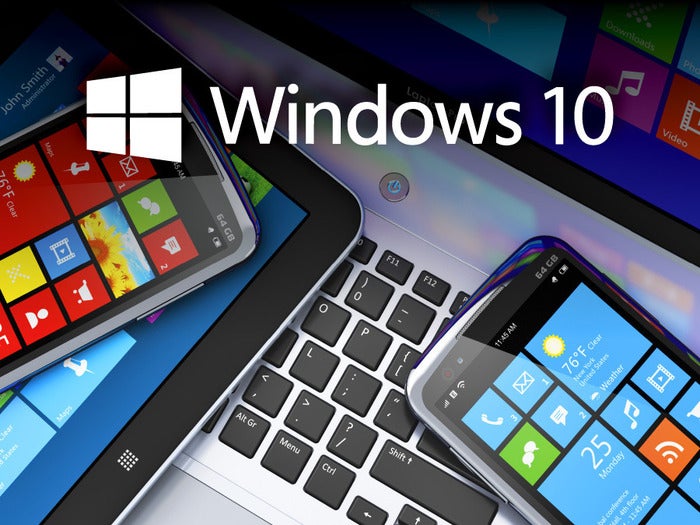This week's Windows Technology Preview event managed to lift the hopes of even the Windows-wary. But like the iconic image of a steam blast lifting Marilyn Monroe's skirt, once the initial excitement died down, the realization set in: Little was actually revealed.
Microsoft divulged Window's new name -- a surprise to all except perhaps InfoWorld's Pete Babb, who "predicted" the Windows 9 skip in an April Fools' gag last year -- but virtually every other feature of note had already been leaked.
Microsoft promised, to paraphrase corporate VP Joe Belfiore, Windows 10 will be like a Tesla to Windows 7's first-generation Prius. (Belfiore was probably not thinking of Tesla's overheating issues when he coined that analogy.) But after the frisson of excitement at Microsoft's big reveal and jokes about "Windows 7 8 (ate) 9" subsided, the question was, will Windows 10 warrant that jump?
InfoWorld's Galen Gruman, for one, remains on the sidelines, calling it "make-or-break time for Microsoft."
What Microsoft showed today doesn't feel like meaningful action. It feels like the obvious repairs that should have been made long ago. The company did say more is coming, that what it showed was early and not fully formed. I hope so, but I've heard that before from Redmond and been disappointed.
Actually using the Windows 10 Technology Preview hasn't changed Gruman's mind.
But J. Peter Bruzzese struck a hopeful note in "Take a leap of faith -- Windows 10 deserves it":
I've been unhappy with Windows 8 since its earliest days, but I really want Windows to be great. After digesting the Windows 10 preview, I had to ask myself bluntly if I believed the promise this time. I do, though not because I saw a slew of new features and ideas that wowed me. I can honestly say I wasn't wowed by anything I saw. But that's not what I was looking for. The stuff that truly wows me is under the hood, such as security and enterprise capabilities, and I've been happy with the inner workings of both Windows 7 and Windows 8.
The UI never really mattered to me -- until Windows 8. To believe again, I needed to see in Windows 10 that Microsoft is listening to its customers and developing an OS that, as [Terry] Myerson says, "all our customers will love."
Windows stalwart Paul Thurrott thinks it may succeed: "With this release, Microsoft will provide a familiar and usable upgrade to both Windows 7 and Windows 8 users." He adds elsewhere that "if Microsoft is able to pull off that seemingly impossible feat -- and I think they will -- then Windows 10 will deserve its I-just-skipped-a-grade moniker."
Naming leapfrog aside, the bar for most users is probably not set unrealistically high for Windows 10, and Microsoft developers would do well to keep handy a copy of the Hippocratic Oath "first do no harm" -- juxtaposed with a copy of Windows 8.
The day after Windows 10's preview, an analytics firm reported that Windows 8's already severely anemic user share had plummeted by its largest amount ever. Net Applications put the combined share of Windows 8 and 8.1 at 12.3 percent of the world's desktop and notebook systems for September, down 1.1 percent from August. (By contrast, nearly six months after being retired, Windows XP was still in use by 23.9 percent of all PCs and by 26 percent of those running Windows. )
With that drop in usage, Windows 8 falls even further behind the uptake pace of Windows Vista, Microsoft's previous flop benchmark.
A lot of questions remain to be answered in the coming months about Windows 10 -- regarding pricing and upgrade paths, other new features in the works, and details of how MDM and data protection will play out -- but perhaps Microsoft should concentrate on one basic fact: Despite the appeal of scoring a "10," Windows 10 doesn't have to be great -- it simply has to be good.






